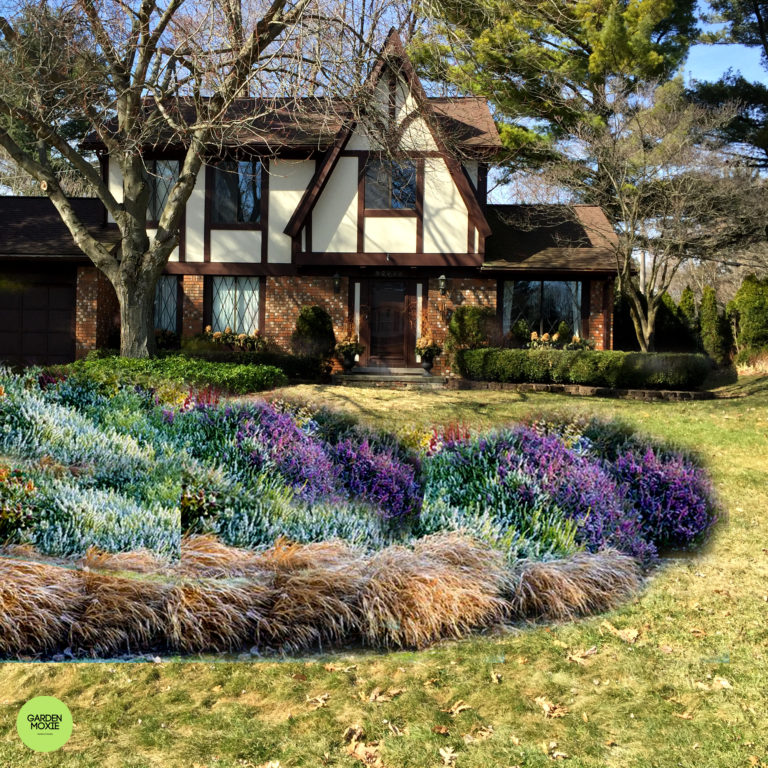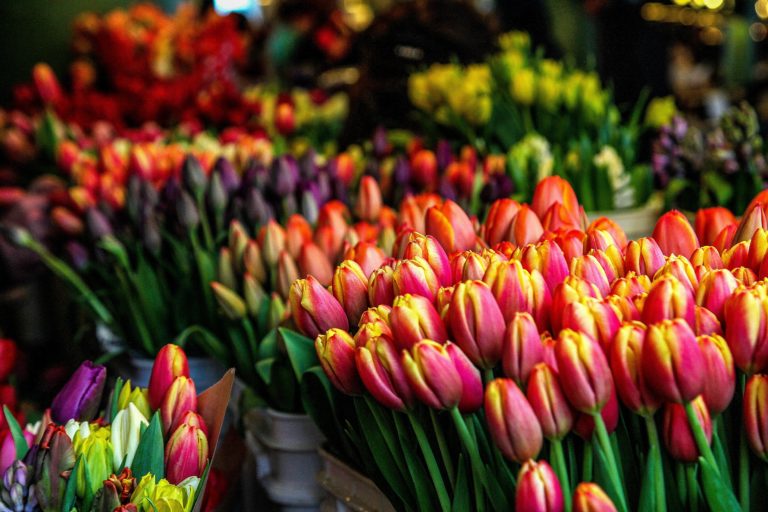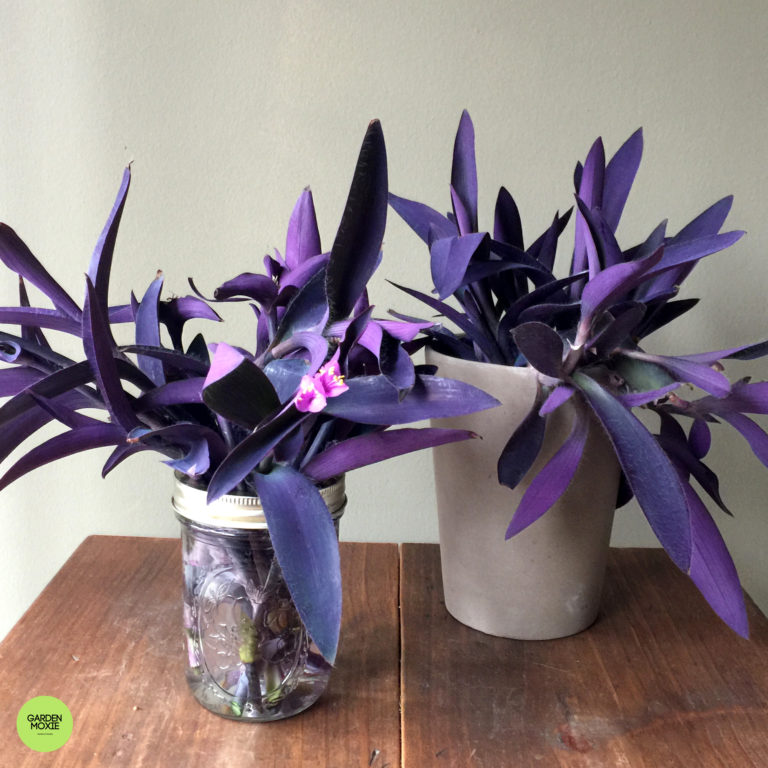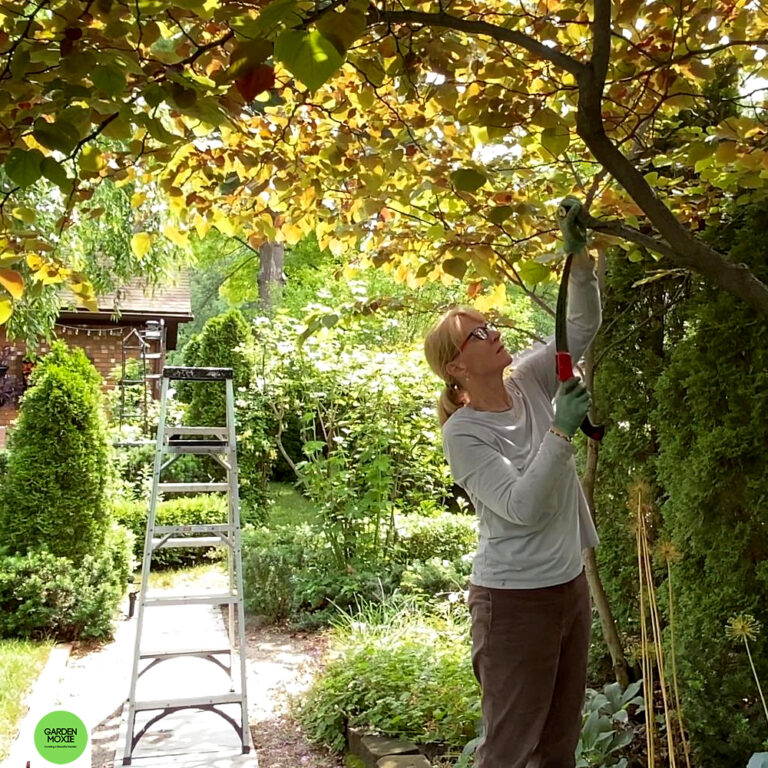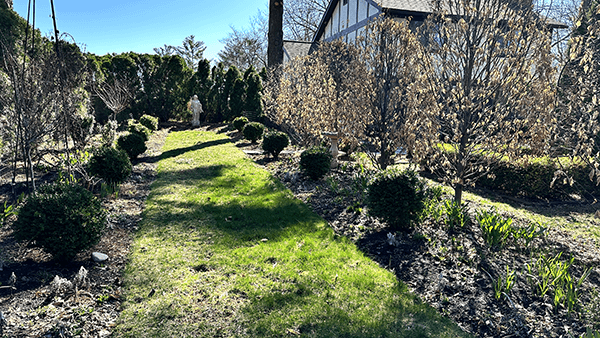Jekyll Was Ahead of Her time
In the realm of horticulture, few names conjure up the essence of English gardening quite like that of Gertrude Jekyll. Renowned for her artistic vision, Gertrude Jekyll revolutionized the gardening world with her meticulous approach to design, the poetic use of color, and her emphasis on grouping plants in drifts.

Her profound understanding of the harmonious interplay between different foliage textures brought gardens to life, evoking a sense of romance and tranquility. Today, we pay homage to this legendary gardener and explore the enduring impact of her work.
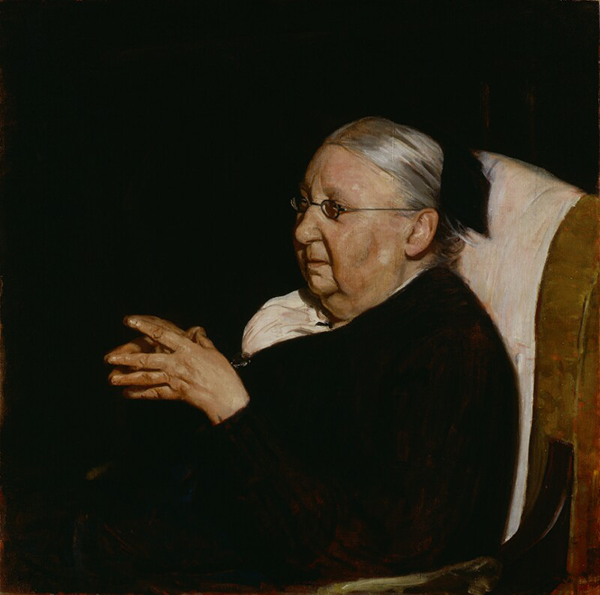
Grouping Plants In Drifts
Gertrude Jekyll’s innovative technique of grouping plants in drifts changed the way we perceive gardens. Rather than scattering plants randomly, she advocated for creating bold sweeps or drifts of the same or complementary plants.
This approach not only provides a sense of unity and visual impact but also mimicks the patterns found in nature, like the way wildflowers blanket a meadow. By blending plants with similar habits, Gertrude Jekyll created a symphony of color that meandered through her border, capturing the essence of an ever-changing landscape.
The Artistry of Color
One cannot speak of Gertrude Jekyll without marveling at her mastery of color. She possessed an extraordinary ability to create harmonious and captivating combinations by pairing plants with complementary or contrasting hues.
Jekyll understood that color had the power to evoke emotions and create a sense of drama or serenity within a garden. Her careful selection and placement of plants resulted in a painterly effect, where blooms and foliage seemed to flow seamlessly from one another, transforming the garden into a living canvas.
Celebrating Foliage Textures
Beyond her brilliance with color, Gertrude Jekyll recognized the significance of foliage textures in garden design. She believed that plants should be chosen not only for their flowers but also for their leaves, as they provided year-round interest and structure.
Juxtaposing plants with contrasting foliage textures, such as the softness of ferns against the boldness of hosta, or the delicate fronds of grasses with the broad leaves of shrubs, Jekyll created dynamic compositions that made her designs extraordinary.
Her Legacy Lives On
Although Gertrude Jekyll left an indelible mark on the gardening world during the late 19th and early 20th centuries, her influence endures to this day.
Her principles of drifts and foliage textures continue to inspire gardeners worldwide. Whether you find yourself strolling through a grand estate or tending to a modest backyard plot, Jekyll’s teachings remind us to view gardening as an art form—a chance to curate nature’s beauty and create captivating landscapes that uplift and inspire.
Jekyll Has Important Life Lessons to Teach
Gertrude Jekyll’s pioneering spirit, innate creativity, and unwavering commitment to the beauty of nature cemented her status as one of the most influential gardeners of all time.
Jekyll’s books contain timeless advice on how to garden, but it’s the life lessons I’ve learned that mean the most.
Gertrude Jekyll was 56 years old when she published her first book in 1899, Wood and Garden. After her 55th birthday, she published over 1000 gardening articles. And according to her website, Gertrude Jekyll published 43 articles for Gardening Illustrated after her 86th birthday.
She was a force to be reckoned with.
Jekyll’s enduring legacy reminds us to embrace the artistic potential within our own green spaces, to create gardens that evoke joy, tranquility, and an intimate connection with the natural world.
As we work to build our gardens, let’s remember the lessons taught by this horticultural luminary and embrace the timeless elegance that Gertrude Jekyll brought to the world of gardening.
Gertrude Jekyll’s Home Munstead Wood
Thanks for being here and happy gardening!

